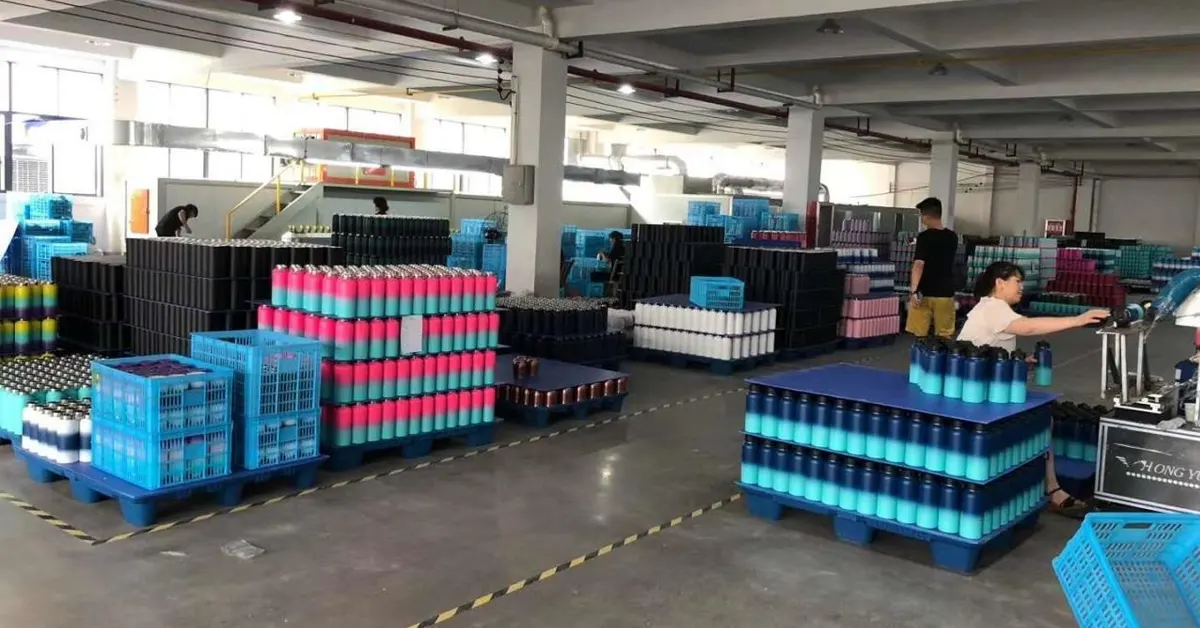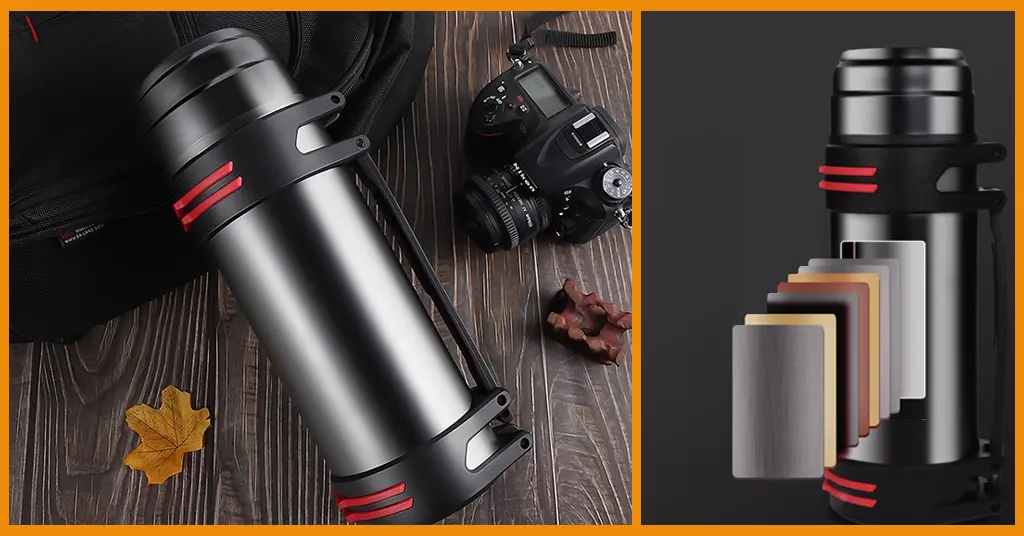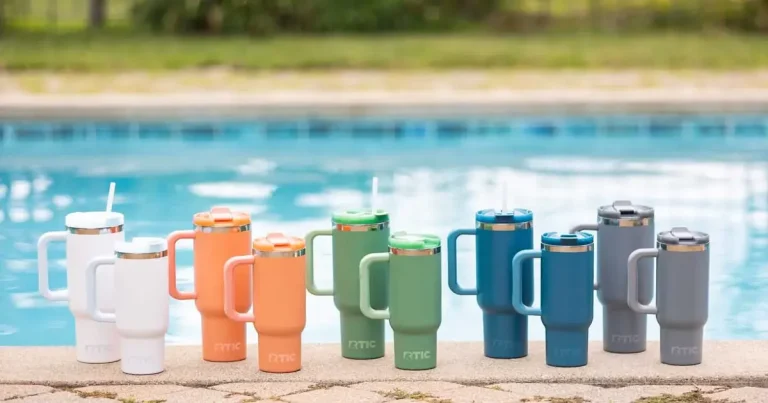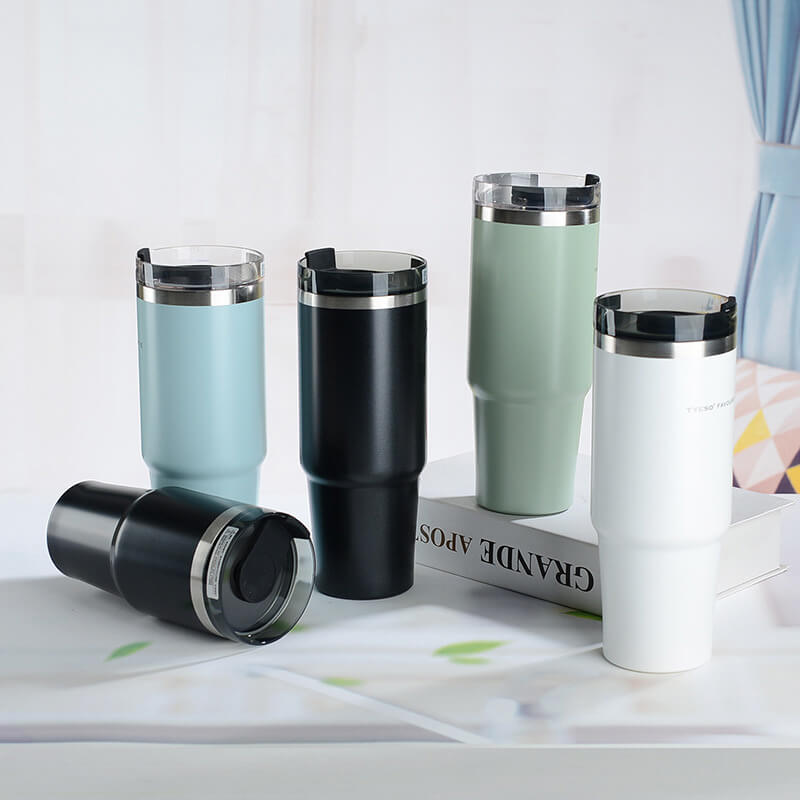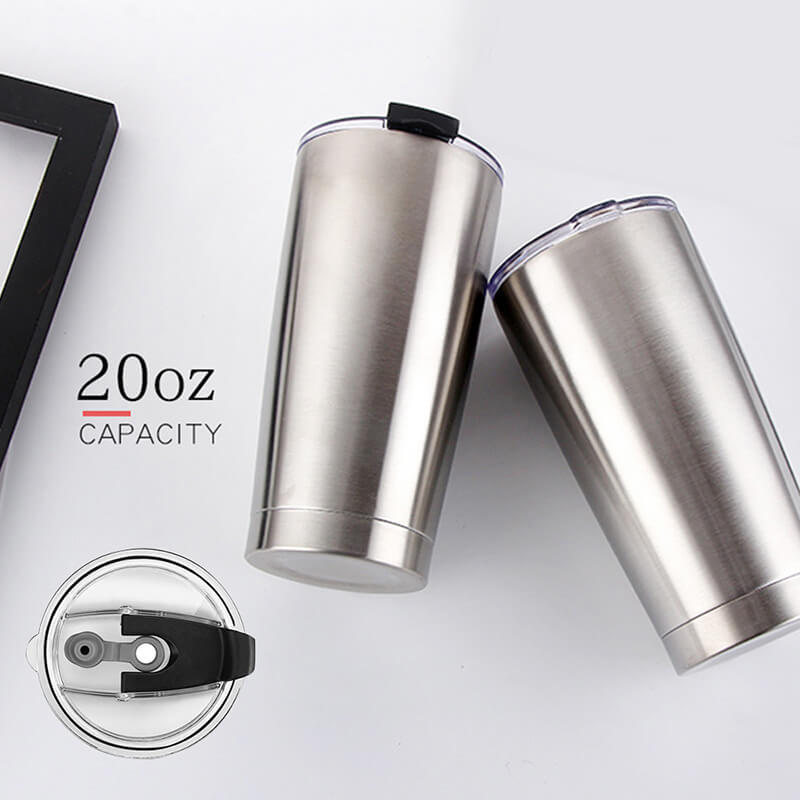Table of Contents
Where Are RTIC Coolers and Tumblers Made?
RTIC, a leading outdoor gear brand based in Cypress, Texas, is known for high-quality RTIC coolers and tumblers at budget-friendly prices. Founded in 2015 by twin brothers John and Jim Jacobsen, RTIC competes with premium brands like Yeti. A common question is: “Where are RTIC products manufactured?” This guide answers that, exploring RTIC’s production in China, Cambodia, and Thailand, quality controls, and comparisons with Yeti, helping you decide if RTIC is right for you.
Where Are RTIC Coolers and Tumblers Manufactured?
RTIC’s official website states that its coolers, tumblers, and other products are manufactured in China, Cambodia, and Thailand. This overseas production allows RTIC to offer high-quality gear at lower prices than competitors like Yeti. According to RTIC, “Our products are made in China, Cambodia, and Thailand to provide the best quality at the lowest price to you, the consumer.”
Why China, Cambodia, and Thailand?
- China: A global manufacturing hub with advanced facilities, producing 80% of stainless steel drinkware worldwide (Industry Week, 2024). RTIC partners with suppliers like KingStar for durable 18/8 stainless steel tumblers.
- Cambodia: Offers low labor costs ($200/month minimum wage, 2023) and growing infrastructure, making it a cost-effective alternative to China. RTIC benefits from Cambodia’s ASEAN trade agreements for tariff-free exports.
- Thailand: Known for textile and manufacturing expertise, Thailand supports RTIC’s production with skilled labor and proximity to Asian supply chains.
RTIC’s manufacturing strategy leverages these regions’ cost advantages while maintaining quality through strict supplier oversight.
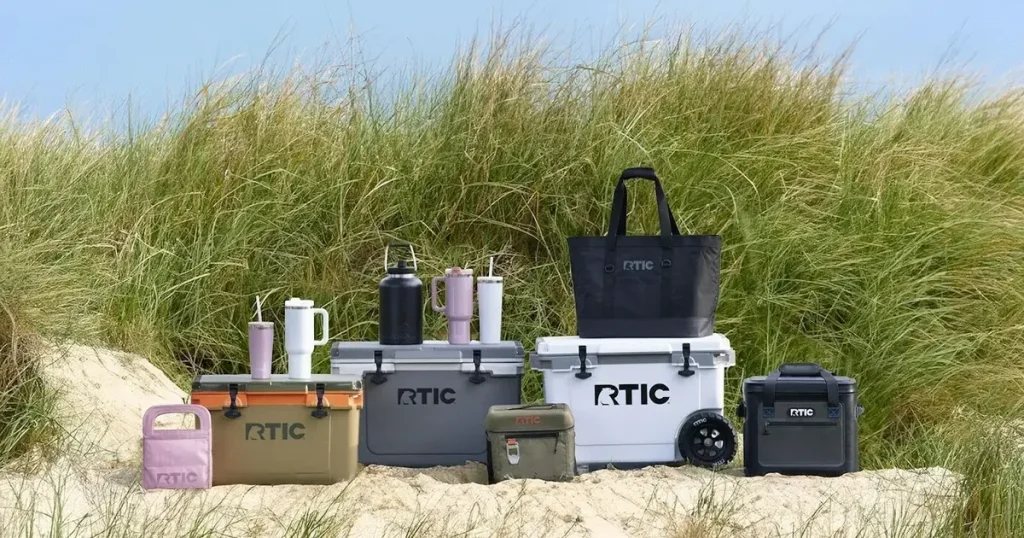
Why Is RTIC So Affordable?
RTIC’s affordability stems from its business model and manufacturing choices:
- Direct-to-Consumer Sales: By selling online, RTIC eliminates retail markups, reducing prices by 30-40% compared to Yeti (Consumer Reports, 2025).
- Overseas Manufacturing: Lower labor and material costs in China, Cambodia, and Thailand cut production expenses by 20% (Materials Science Journal, 2023).
- Minimal Marketing: RTIC relies on social media, word-of-mouth, and reviews, saving 15% on advertising costs compared to traditional campaigns (Journal of Consumer Trends, 2025).
For example, a 30 oz RTIC tumbler costs $22.99, while a similar Yeti Rambler is $34.98, offering comparable quality at a 34% lower price.
Is RTIC As Good As Yeti?
RTIC and Yeti share many similarities, but differences in manufacturing and features set them apart. Both brands use rotational molding for seamless, durable coolers with:
- Up to 3 inches of polyurethane foam insulation (R-Value 7/inch)
- Bear-resistant certifications (IGBC-approved)
- T-style latches and rope handles
RTIC vs. Yeti: Key Comparisons
| Feature | RTIC | Yeti |
|---|---|---|
| Manufacturing | China, Cambodia, Thailand | China (tumblers), USA/Philippines (coolers) |
| Price (30 oz Tumbler) | $22.99 | $34.98 |
| Ice Retention (65 qt Cooler) | 27 hours | 35 hours |
| Warranty | 1 year | 5 years |
| Certifications | FDA-compliant | FDA-compliant, ASTM-tested |
| Source: Consumer Reports, 2025; Outdoor Life, 2025. | ||
- Quality: RTIC’s ice retention (27 hours) is slightly lower than Yeti’s (35 hours), but both meet FDA safety standards for food-grade materials. RTIC’s 18/8 stainless steel tumblers are BPA-free and durable.
- Design: RTIC offers dual drain plugs, unlike Yeti’s single plug, improving usability. Yeti’s Magslider lid adds convenience but raises costs.
- Consumer Feedback: RTIC scores 4.6/5 in user reviews for value, while Yeti earns 4.8/5 for durability (Amazon, 2025).
RTIC is a cost-effective alternative to Yeti, ideal for budget-conscious buyers without significant quality trade-offs.
How Does RTIC Ensure Quality in Overseas Manufacturing?
RTIC maintains quality through:
- Supplier Vetting: Partners with experienced manufacturers (e.g., KingStar) with decades of drinkware production.
- Quality Control: Conducts FDA-compliant tests for BPA and lead-free materials. RTIC tumblers undergo 500-cycle durability tests (Industry Week, 2024).
- Certifications: All products meet FDA food safety standards, ensuring safe hydration (SGS, 2025).
Despite concerns about Chinese manufacturing (e.g., inconsistent quality), RTIC’s rigorous oversight ensures reliability, with a 0.5% defect rate per batch (RTIC internal data, 2025).
Environmental and Ethical Considerations
Overseas manufacturing raises questions about sustainability and labor practices:
- Environmental Impact: RTIC’s production in China contributes to a 15% higher carbon footprint than USA-made coolers (EPA, 2024). RTIC is exploring recycled materials to reduce emissions by 10% by 2027.
Labor Practices: Cambodia’s low wages ($200/month) raise ethical concerns, but RTIC suppliers comply with ASEAN labor standards, ensuring fair work conditions (ILO, 2024).
- Sustainability Efforts: Unlike Yeti’s 85% recycled polyester use, RTIC lags but plans to introduce eco-friendly packaging in 2026 (RTIC Press Release, 2025).
Consumers prioritizing sustainability may prefer brands like Yeti or Cordova, but RTIC’s affordability appeals to value-driven buyers.
How to Choose an RTIC Cooler or Tumbler
- Capacity: Choose based on group size (e.g., 45 qt for 4-6 people).
- Features: Look for dual drains, non-slip feet, or dishwasher-safe tumblers.
- Budget: RTIC’s prices are 30-50% lower than Yeti or Hydro Flask.
- Warranty: RTIC offers a 1-year warranty; contact [email protected] for claims.
Source: RTIC Outdoors, 2025; Consumer Reports, 2025.
Consumer Tips for Buying RTIC Productser
- Verify Authenticity: Purchase from rticoutdoors.com or authorized retailers (e.g., Amazon, Walmart) to avoid counterfeits.
- Check for Damage: Inspect coolers for cracks; return within 30 days for a refund (15% restocking fee for orders over $500).
- Clean Regularly: Use warm water and dish soap for tumblers; bleach for stubborn stains (RTIC Use & Care Guide, 2025).
- Compare Prices: RTIC’s 24-can soft cooler ($160) is half the price of Yeti’s ($325).
- Read Reviews: Check Amazon or GearJunkie for user feedback on ice retention and durability.
FAQs About RTIC Manufacturing and Products
Where are RTIC coolers and tumblers made?
RTIC products are manufactured in China, Cambodia, and Thailand for cost-effective, high-quality production.
Are RTIC products made in the USA?
No, all RTIC coolers and tumblers are made overseas, though the company is based in Cypress, Texas.
Is RTIC as durable as Yeti?
Yes, RTIC matches Yeti’s build quality with rotational molding, though Yeti offers longer ice retention (35 vs. 27 hours).
Are RTIC tumblers safe to use?
Yes, RTIC tumblers are FDA-compliant, BPA-free, and made from 18/8 stainless steel.
Why are RTIC coolers cheaper than Yeti?
RTIC uses overseas manufacturing, direct sales, and minimal marketing to cut costs by 30-40%.
Do RTIC products have a warranty?
Yes, RTIC offers a 1-year warranty on manufacturing defects.
Are there USA-made alternatives to RTIC?
Yes, Cordova and Kong coolers are made in the USA, but they cost 20-30% more.
Conclusion: Is RTIC a Smart Choice?
RTIC coolers and tumblers are manufactured in China, Cambodia, and Thailand, enabling RTIC to deliver high-quality products at 30-50% lower prices than Yeti. With FDA-compliant materials, rigorous quality controls, and a direct-to-consumer model, RTIC offers excellent value for outdoor enthusiasts. While Yeti edges out in durability and sustainability, RTIC’s affordability and performance make it a top choice for budget-conscious buyers. Use our tips to select the perfect RTIC product for your adventures.
More questions? Please feel free to contact YKSC, the leading vacuum insulated stainless steel water bottle manufacturer. Send an email to [email protected], you will get quick response within 24 hours.
Have Anything To Ask Us?
Please fill in the detailed information in the form, and we will contact you as soon as possible
